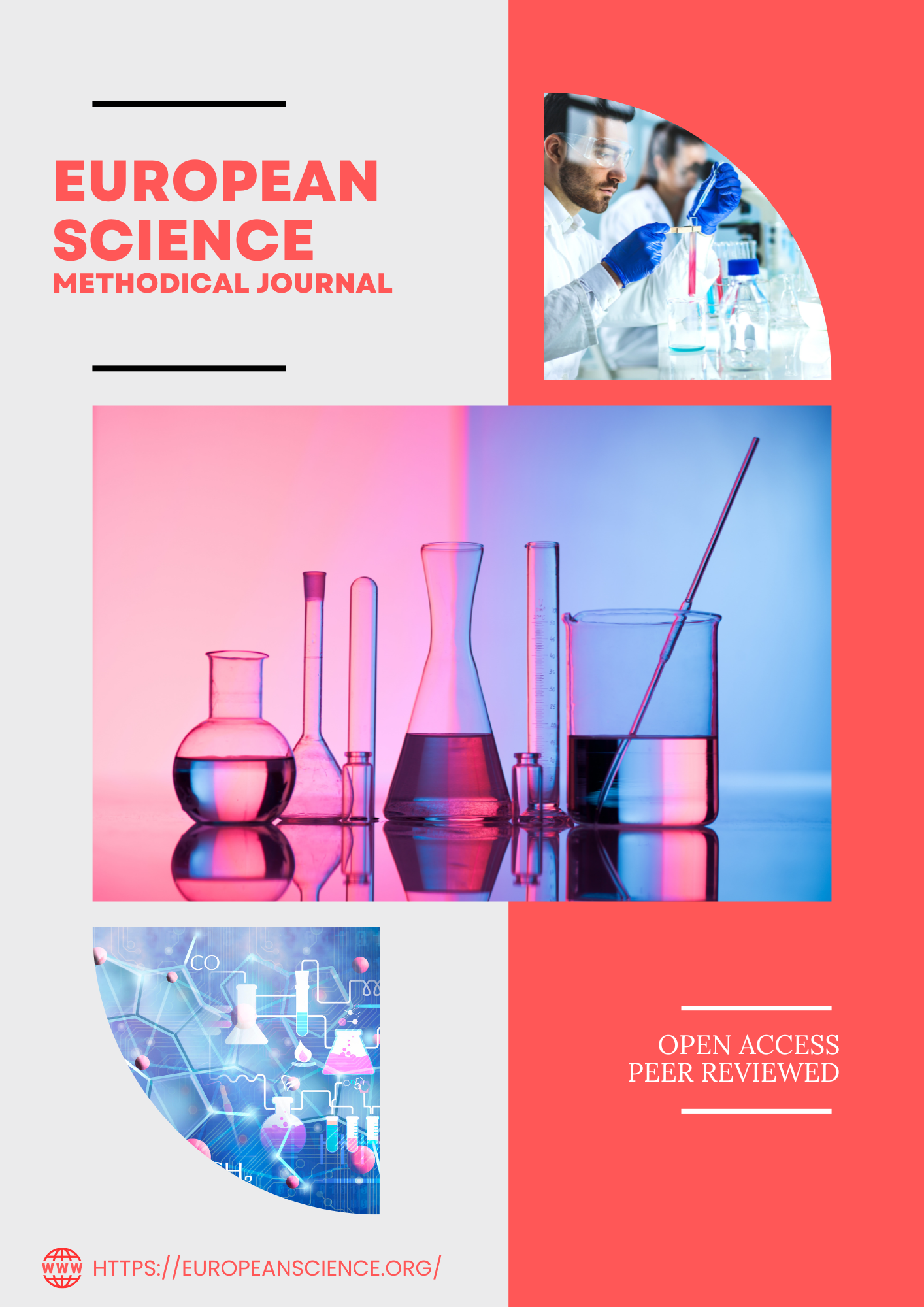THE CONTROL OF PARASITIC SPP. OCCURRENCE IN COMMON RAW VEGETABLES
Keywords:
vegetables, parasites, prevalence, consumption, disinfectant.Abstract
Fruits and vegetables are an important part of daily diet. These crops are exposed to pollutants from various sources, leading to their contamination with bacteria and parasites. This study was designed to determine the degree of contamination of vegetables and fruits with parasites and to find an easy, safe, and available method to reduce parasite transmission. In this study, 60 random samples were collected from four types of vegetables: lettuce, cabbage, leeks, and green onions, with 15 samples of each type. Parasites were isolated from these samples by sedimentation method, then stained using iodine dye and examined under a microscope. Positive samples were immersed in two types of disinfectants, potassium permanganate at a concentration of 150 ppm and salt water at a concentration of 1.2% for 5 minutes. The parasites were detected in 51.6 %( 31/60) of samples. The highest rate of contamination was detected in leeks at 66.6% and lettuce at 60%, followed by cabbage at 46.6%, and green onion at 33.3%. In this study, ten types of parasites were investigated Ascaris lumbricoides ,Enterobius vermicularis ,Hymenolepis nana eggs ,Larva of nematoda, Schistosoma mansoni ,Taenia saginata ,Fasciola hepatica ,Trichomonas hominis ,Giardia lamblia ,Entamoeba histolytica.Ascaris lumbricoides was the highest prevalent intestinal parasite at 18.3%,followed by Trichomonas hominis, and Giardia lamblia at 15%,11.6 %respectively .Taenia saginata and Larva of nematoda 8.3%, Enterobius vermicularis 5%, Fasciola hepatica3.3%, Hymenolepis nana eggs, and Schistosoma mansoni were both 1.6%. The mean intensity of parasites were reduced by using potassium permanganate and saltwater compared with tap water but the statistical differences between the percentages were insignificant.Downloads
Published
2024-04-09
Issue
Section
Articles
License

This work is licensed under a Creative Commons Attribution-NonCommercial 4.0 International License.
How to Cite
THE CONTROL OF PARASITIC SPP. OCCURRENCE IN COMMON RAW VEGETABLES. (2024). European Science Methodical Journal, 2(4), 45-55. https://europeanscience.org/index.php/3/article/view/517















